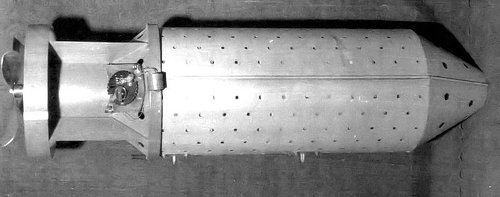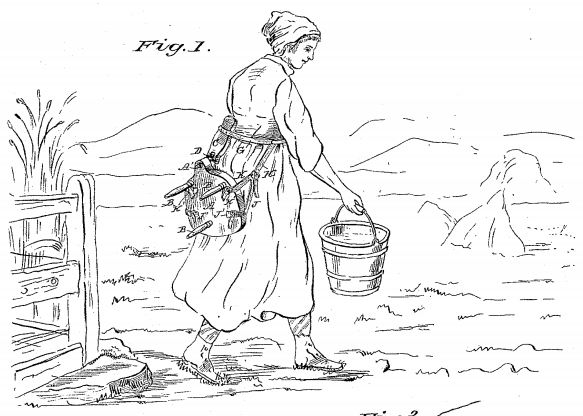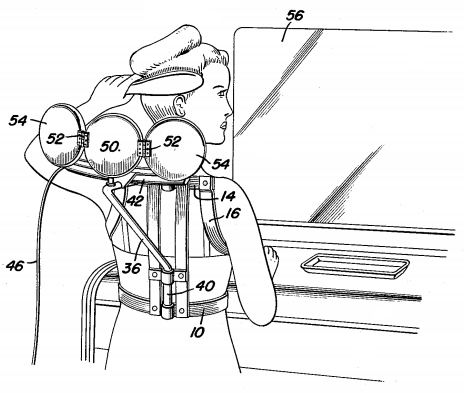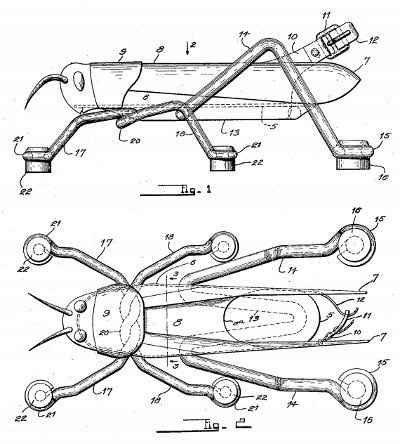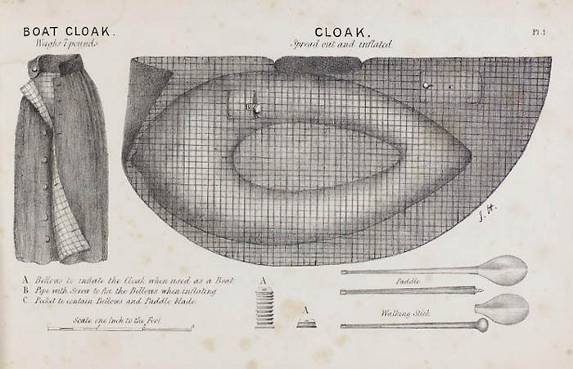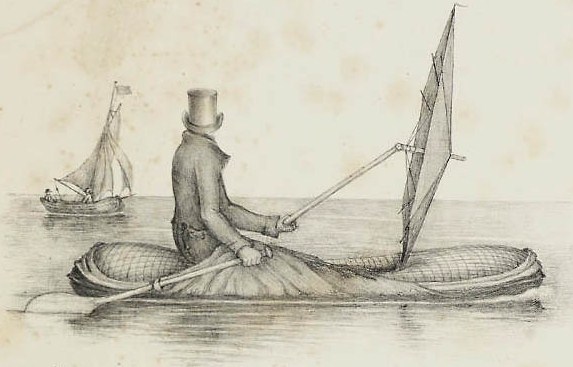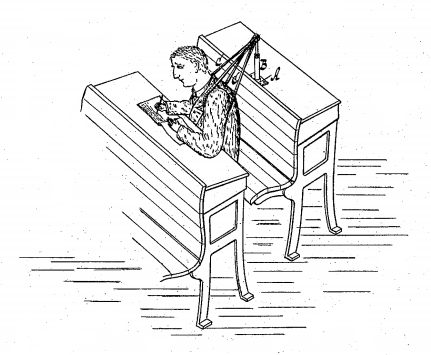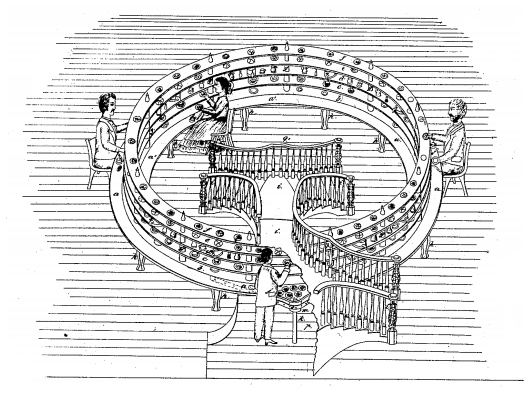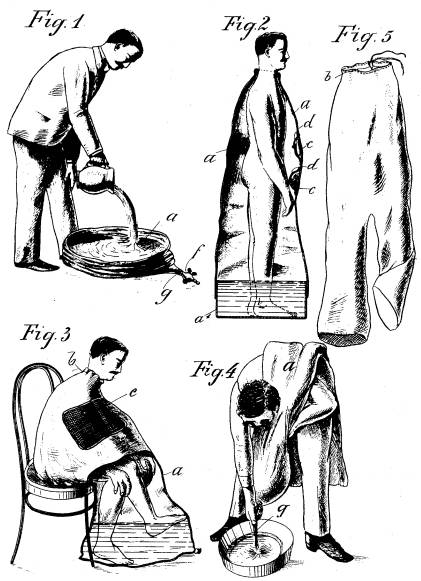
Viennese inventor Adolf Herz patented this “portable bath or sack for washing or bathing purposes” in 1904. Fill it with “bathing agent or fluid,” step in, and close the upper end around your neck, and draw your soap, sponge, and towel from pockets in the interior.
Bathing or washing can be effected in the sack with every convenience. Splashing of water and wetting of the floor is thus entirely prevented. Also by means of the sack the evaporation of the water on the body otherwise taking place in bathing and washing is prevented, whereby the catching of colds is avoided. The bathing and washing can therefore be done in cool places. Also radiation of the heat of the body is considerably reduced, whereby a very agreeable sensation is produced when using the sack.
Afterward you can drain it through a runoff pipe. “After the sack has been emptied it can be folded together, so as to occupy a very small space, and then, if desired, tied or fastened together and kept in a bag, satchel, knapsack, or the like.”

